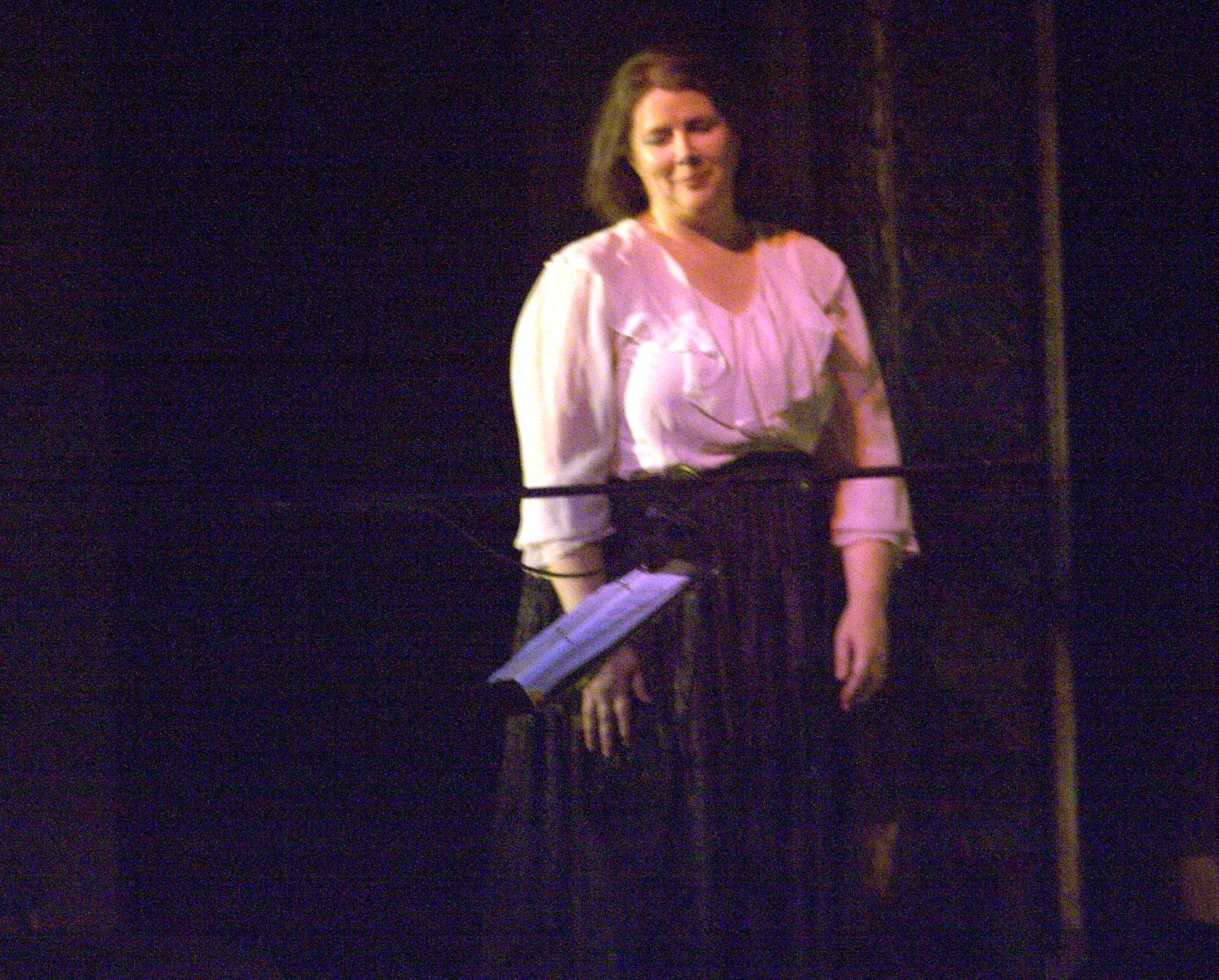For months, as we worked together, Kathy Cowen, my collaborator and friend, sang me songs about the Irish coming to America, where they found work in the coal mines of Pennsylvania. She sang of the Molly Maquires who were hanged in the town of Mauch Chunk for rebelling against the dangerous and unfair working conditions they endured in those jobs.
We had been commissioned to create a performance piece about those miners and their tragic end. It was to be performed at the Mauch Chunk Opera House which was located near the prison where the Mollies, as they are called, were hanged. We had decided we needed a structure for our piece, and properly curated, some of Kathy’s songs could serve that purpose.
Songs of the Molly Maquires
There were so many songs, evocative of the melancholy felt by the Irish being displaced to a new land. Also, melodies with lyrics urging them to survive the grief, mistreatment, and pains of their journey. How to choose among them? Which songs could tell the right story while lending themselves to structuring our movement piece?
Kathy described a day when she walked into a music store. While rummaging through some old dusty sheets of music, she came across a bound collection of songs that told the story of the Mollies. There it was just waiting to be discovered. As artists, Kathy and I both realized that to connect with our audience, regardless of their lineage our work needed a universal message. During our lives, we all feel displaced or mistreated in some way.
It was ironic, Kathy had been digging among the songs like a coal miner digs coal. She unearthed the very thing we needed. This bound collection of songs provided the liner story of the Mollys, as a metaphor for the violent clash between workers and industrialists prevalent in the 1870s in America. The songs evoked emotional feelings of despair while lamenting the human ability to survive. We had our musical structure.
We were ready to begin creating the dance. Or more precisely, we asked ourselves, “How do we begin?”
Songs Created an Image for the Dance
Again Kathy channeling her inner Irish came up with a spoken narrative, which I used as a way to structure the beginning of the dance. I had seen a member of the technical crew wearing what looked like a miner’s headpiece that held a small lamp to light the way as they worked. “We will start in a dark silence,” I said, ”and each dancer will be wearing that head gear with the light on.” I directed the dancers to enter from upstage, first crawling then walking, with no stage lights or sound until they stopped center stage.
They created the image of miners coming out of a dark mine. While they stood in a group Kathy began her narrative by speaking the names of each of the Mollies who died for their cause. As each name was spoken one of the lights worn by a dancer went out. A life extinguished.
Soon the stage and theater were completely dark. Slowly a spot light came up on Kathy. She was dimly lit as she continued her narrative:
“There came to this country a short time ago, a poor Irish woman from the County Mayo.
She had but one son, his age was but eight.
And the boss gave him work picking slate; they called him little Mickey Pick-Slate
One day in the winter with seven below; he fell to his fate.
His body so mangled it’s sad for to say; the poor little fellow, he soon passed away.”
Kathy followed this narrative with a song about a young boy named John who had to leave school and go to the mines to work. My dancer, Paul Christiano, brought the story of this frail, young child heading to the mines to life. We feared it could be empty miming of a heart-wrenching scenario, but as we explored and physicalized the inner meaning of the lyrics, Paul captured the intent perfectly.
We used movement that pulled him in two directions as the thematic image. He performed with what appeared to be frail legs tentatively extending into space. His body was vulnerable, traveling from a safe space to one that was brittle and cold. By the end of the song, accepting his fate in simple steps, he is carried to his fate.
I believe Paul had personal insight from his own life into what must have been a confusing time for all children who went to work at eight years old, before child labor laws protected them. Paul had a gift and empathy for expressing and interpreting inner conflict through the art of dance. We will always be grateful for his contribution to “Day of the Rope”.
